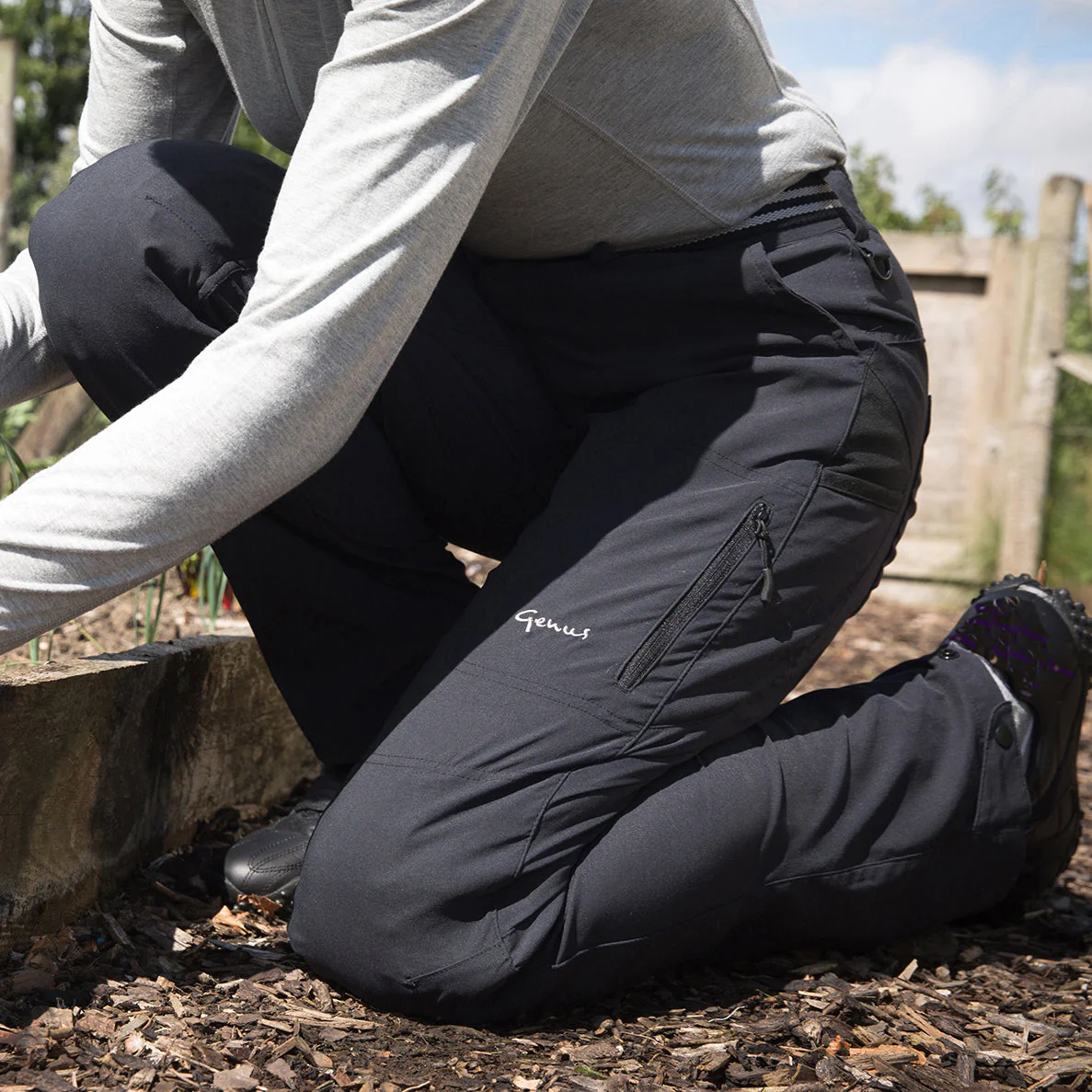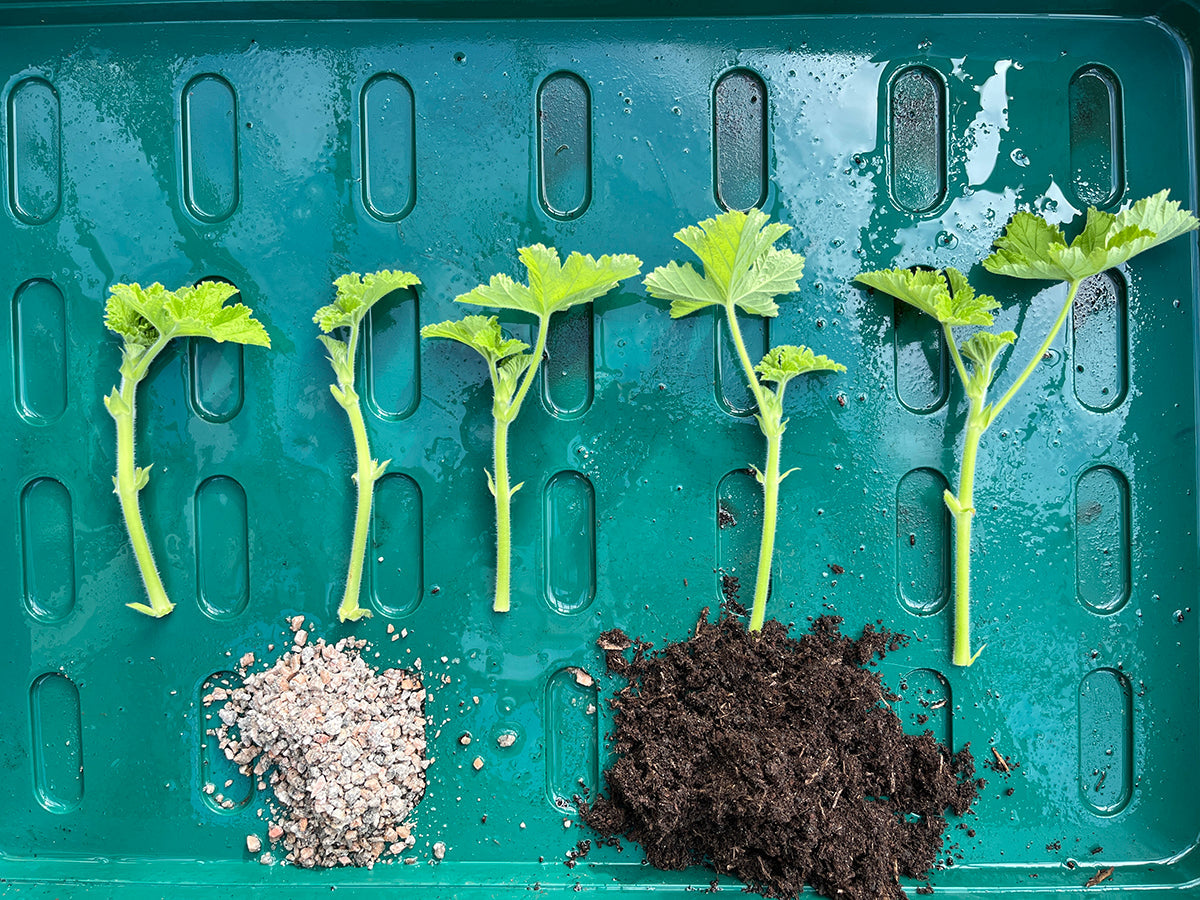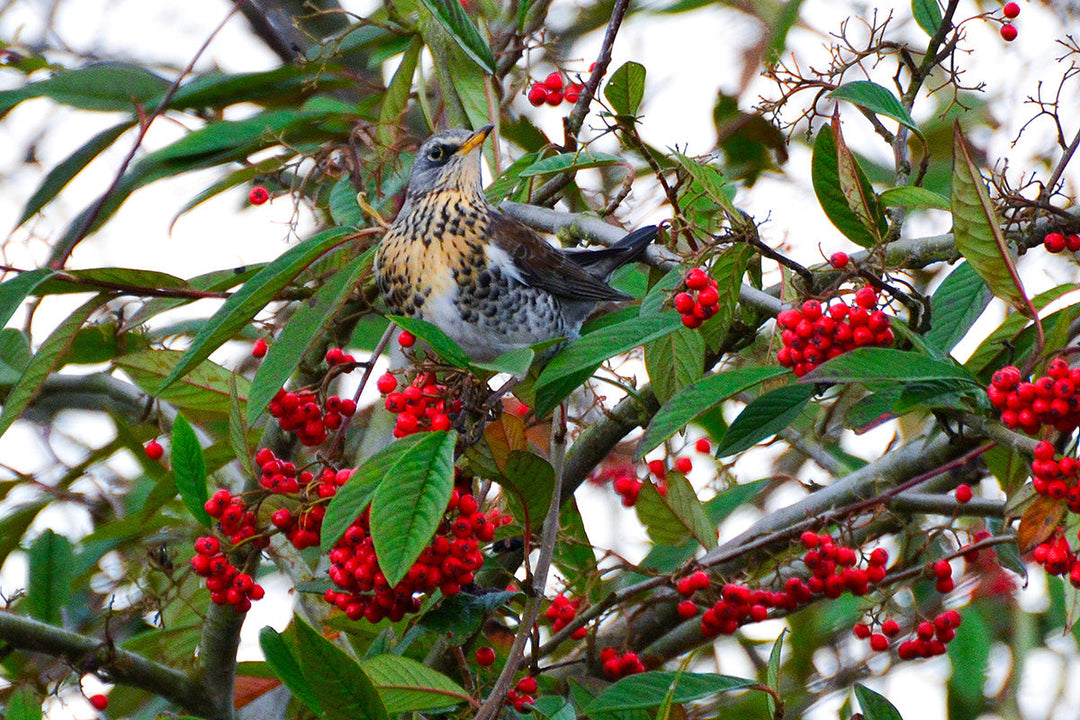Five fantastic examples of urban gardening

Sometimes, the best things are those which are unexpected, such as a garden on the roof of a tower block! Urban gardening is a movement sweeping the nation – here are just five of the most stunning examples of urban gardens.
1. O’Hare Airport’s ‘Vertical Farm’
At this Chicago airport, vertical PVC towers with bright lighting support a variety of plants, herbs and edible flowers that grow up and down the columns. It’s positively futuristic and very hi-tech.
2. Berges de Seine, Paris
In Paris, a floating garden of five islands is being built on the Seine, each with its own separate theme, linked by foot bridges – there’s even ‘mist island’ with its own aqua mist machines. This is urban gardening at its very best!
3. Skip Gardens, London
This sustainable urban garden is a moveable vegetable garden planted in skips at London’s Kings Cross, run by volunteers and local youngsters – it’s amazing!
4. Bosco Verticale, Milan
This project planned for 2013 will consist of one 80m and one 112m high tower planted in the business district of Milan, filled with 730 trees , 5,000 shrubs and 11,000 plants, bringing a hectare of forest to the heart of the city.
5. SkyFarm, Germany
This funky vertical gardening concept by Manuel Dreesman, a German designer, allows you to suspend acrylic planters in your urban space to grow vegetable and herbs, on your balcony or terrace. Ingenious!











